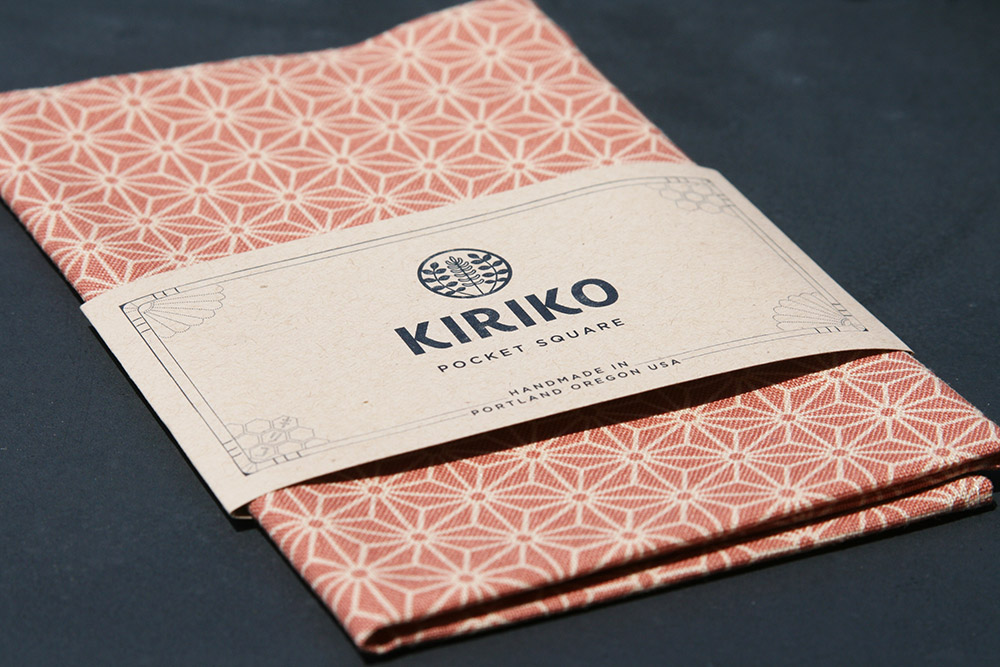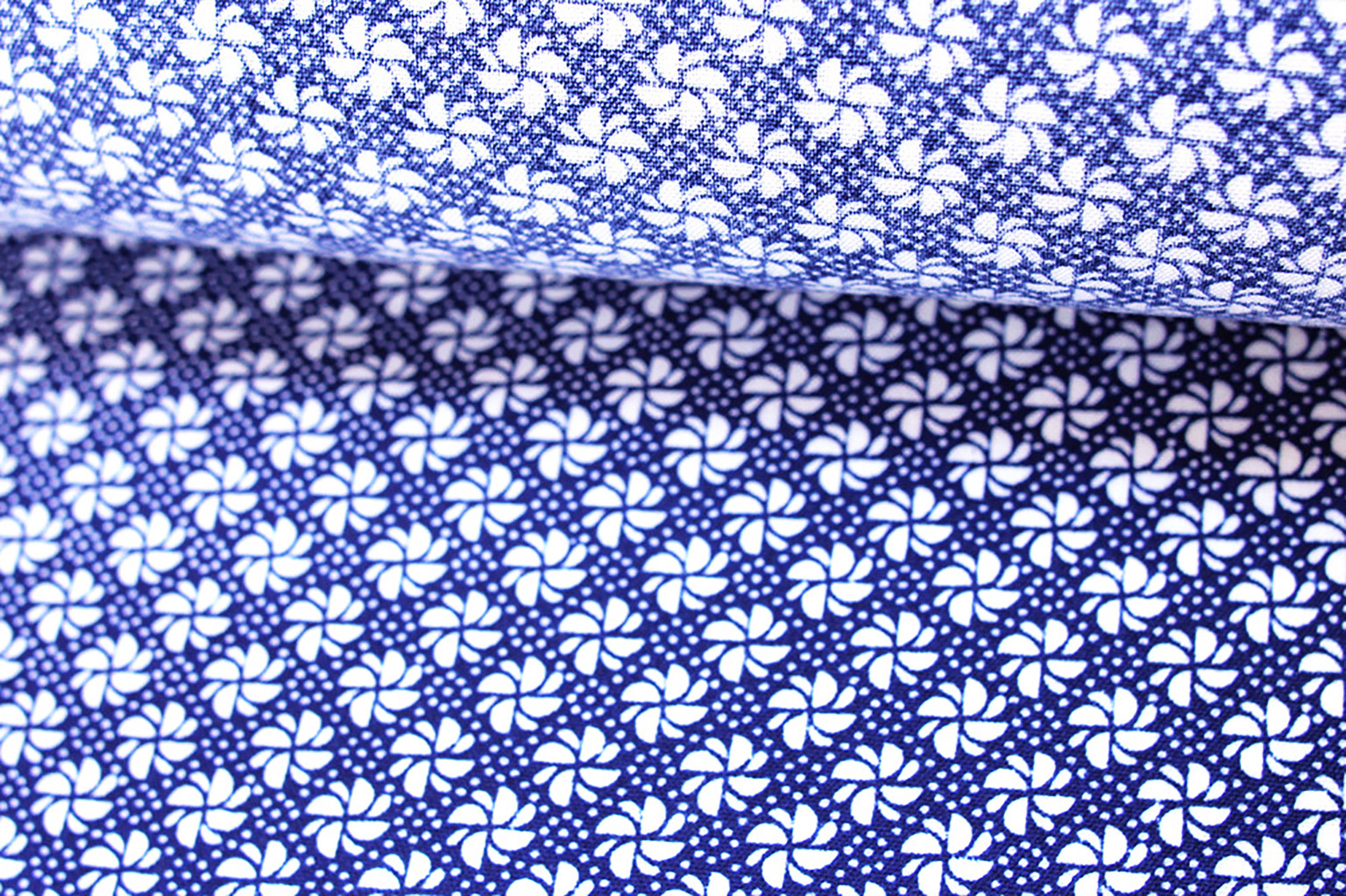A while back, in preparation for the wedding that I recently officiated for friends in western Massachusetts, I sought out some new wedding duds, starting with the pocket square and building out from there.
I ended up finding a beautiful one that I ended up buying at Modern Folk in Ojai, made by a company I’d been aware of but hadn’t really known previously—Kiriko out of Portland, Oregon.

To say that Kiriko is obsessed with the materials they work in is putting it mildly. As they state:
“Textiles tell a story. Long ago, patterns had meaning. Cloth was hand-woven and dyes were seasonal. Each scrap of fabric brought back time and place. We cycled through seasons, not trends. We made memories, not mass-produced goods. Then we began to lose touch with tradition. We stopped treasuring our clothes. At Kiriko, we believe fabric is everything. We searched Japan for centuries-old denim, hard-died shibori, and vibrant kasuri. Our scarves and ties showcase traditional craftsmanship and care. Wear them. Love them. Hand them down.”
Most of us can relate to the idea of a treasured garment—a memory-soaked jean jacket handed down from your father, for instance; something made to last, not be replaced. It’s a concept that had been all too rare before recently. Now, it’s a popular one in many circles, but one that usually caries a hefty price tag, wether you feel it’s justified or not.
One recent trend that’s been a bit enigmatic in my mind is the obsession with indigo dying; an obsession very central to Kiriko’s core principals and one they explain with far more expertise than we can claim:
“Ai-zome is a natural indigo dyeing technique originated in Japan. The Ai-Zome process spans over three hundred days, from planting to the creation of the dye pigments.
Artisans are deeply involved in every step in the process, from seeding, reaping, desiccating, and fermenting to make these deep indigo pigments. While most dyeing techniques are seasonal, using raw plants to extract pigments, Ai-Zome pigments use a dried indigo and can be used and made all year round. The dye liquor is free of chemical products as the artisans use only lye and coal in the pigment mixture.
Ai-Zome is traditionally only used on natural fabrics. Usually cotton, the fabric is repeatedly dipped and soaked into the indigo liquor over twenty times over the course of many weeks to bring out the rich color. Ai-Zome has a particularly exceptional dark blue compared to other indigo dyes. This traditional, natural technique unfortunately has been diminishing by the development of new dyeing techniques. Today, less than 1% of indigo dyed garments are using natural, chemical-free indigo dyes similar to that of Ai-Zome.
Why natural dying is better than chemical? Fabric fibers bond with natural indigo cells, allowing the dye to adhere more effectively. While chemical indigo cells will take, the weak bond creates a dye that easily washes away and bleeds onto other materials. The larger, natural indigo bonds hold strong, and are less likely to transfer through day-to-day use.”
So, this is way beyond Rit Royal Blue.
Kiriko certainly represents one of these new, heavy-in-process, return to artisan quality companies, some of whom seem to be profiting off cyclical trends, some of whom truly seem to have a passion and reason for what they’re doing and how they’re doing it. This company strikes me as one that falls more in the latter category than in the former and—though I’ll avoid the products they choose to pair with animal leather—I definitely plan to purchase more of their ties, pocket squares, and other textile products.
You can watch Kiriko’s promotional video below. All images, save the one of my pocket square, from Kiriko’s Web site, from which you can order products directly.




